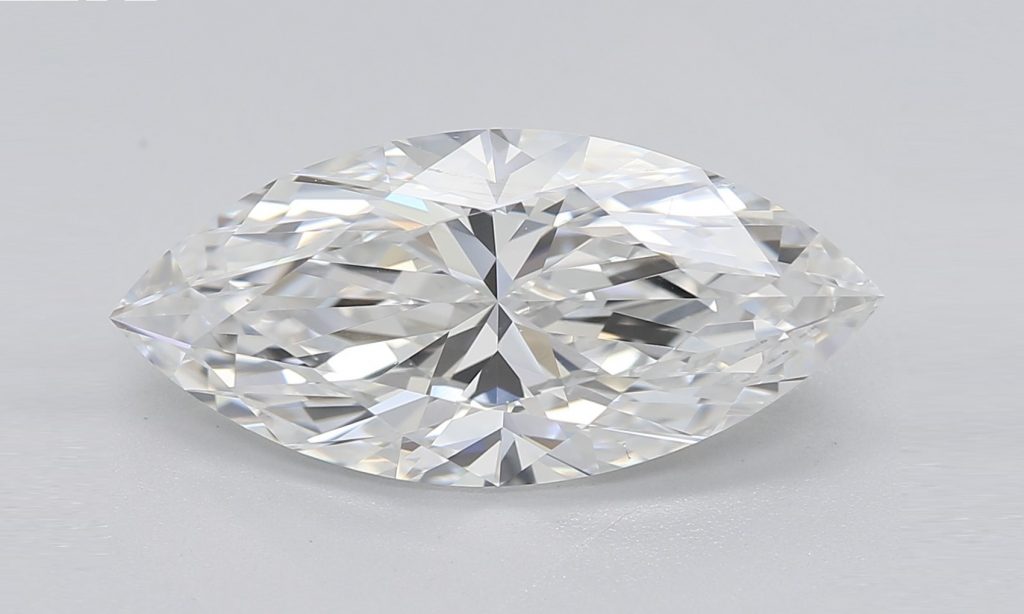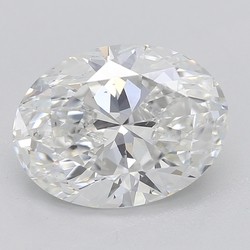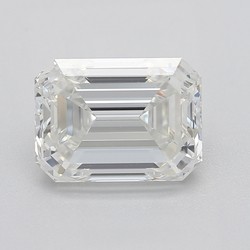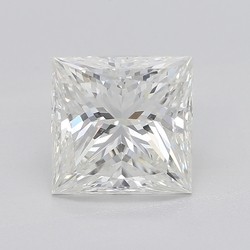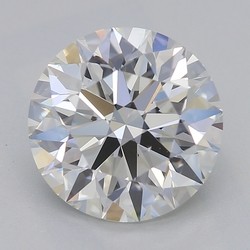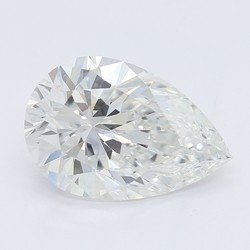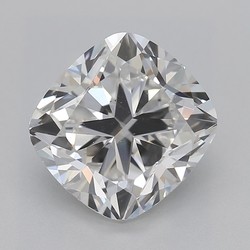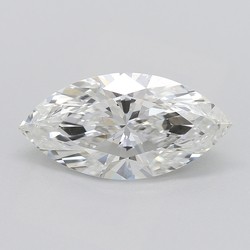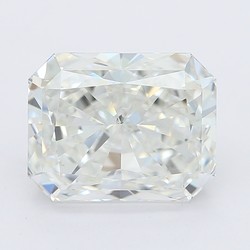The Ultimate Showdown of Diamond Shapes
Key Takeaways
- When it comes to diamonds, ‘Cut’ and ‘Shape’ are two totally different things, although some people will use them interchangeably. Shape is not graded, but Cut quality is.
- No diamond shape is objectively better than another, although some do possess more ‘desirable’ traits, like their ability to produce more fire or brilliance. Your choice should come down to personal preference, and what you value most in a diamond.
- Elongated shapes like the Marquise, Pear, and Oval tend to look the biggest per carat, while the symmetrical and evenly proportioned Round Brilliant offers by far the most sparkle of any shape.
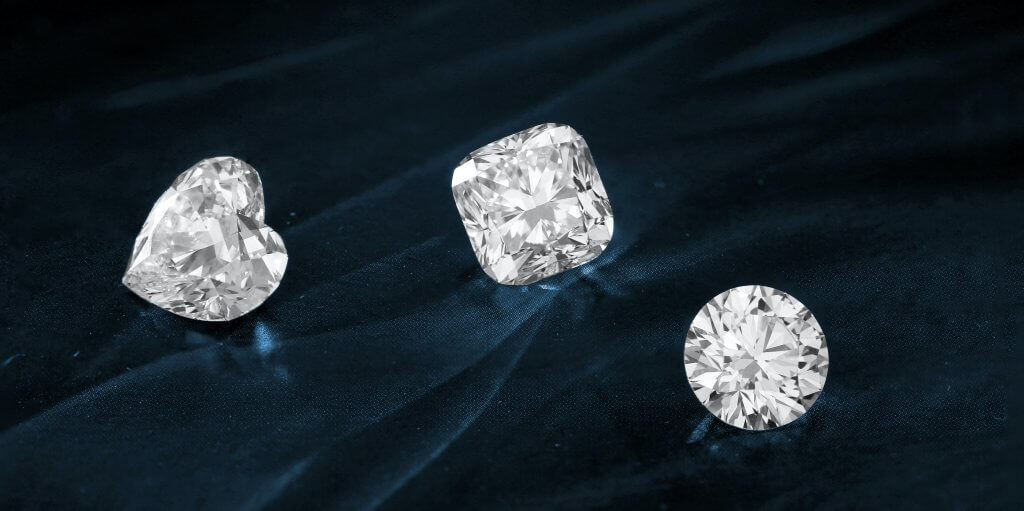
Yes, the chances are that, by now, you’re at least aware of the fact that the Four Cs are going to rule your diamond-shopping experience. The idea that you could just stumble across the ideal diamond without even trying is quickly fading, and being replaced by the cold hard fact that, really, finding the best diamond possible means understanding what makes a diamond better than the rest.
So, it’s all about logic, research, ratios, and percentages from here on out, right? Wrong.
Fortunately, while there’s plenty of practical boxes to tick, there’s still a lot of room for creativity.
When it comes to your diamond’s shape – the silhouette it creates on its own, and after it has been placed within your ring setting – it’s all about finding that one, perfect style to suit your future bride, and understanding how to turn it into the engagement ring of her dreams.
How Many Types of Diamond Shapes are There?
Diamonds can be cut into practically any shape, although, these days, only around 8-10 prove popular among modern shoppers.
Throughout history, diamonds have been cut into countless shapes. Some of these shapes are still popular today, others have been reworked and perfected over the years – including, of course, the Round – while others have been lost to the sands of time.
As you do your research on diamonds and diamond jewelry, you’re pretty unlikely to come across a Mine cut, or a Rose cut. These are just two examples of styles that proved popular in the past but, nowadays, have been surpassed by other, more brilliant cuts.
Some cuts, like the trilliant (a triangle) enjoy a pretty modest amount of popularity, with the following nine shapes stealing the hearts of most shoppers these days.
And Is Diamond Cut the Same as Shape?
No – Cut refers to the quality of the diamond’s proportions, symmetry, and polish, and is totally different to shape. Both represent highly important considerations for anyone considering investing into a diamond for the first time.
Two diamonds, both featuring the same shape, can have totally different Cut grades.
Of all the Four Cs, diamond cut is inarguably the most important. Those two diamonds we mentioned above with have totally different appearances and light performances, simply because one is cut better than the other.
A poor cut can ruin a diamond’s sparkle, and make it look noticeably low in quality – even when it’s been set within a beautiful and exquisitely made ring design – so keep in mind the importance of differentiating between capital-c ‘Cut’, and the various diamond shapes (sometimes referred to as cuts) that are out there.
- What are the Different Shapes of Diamond?
- Brilliants & Modified Brilliants vs Step Cuts
- What is a Square Modified Brilliant?
- What is an ‘Excellent’ Diamond Cut?
- Choosing a Diamond Shape
- Does the Shape of the Diamond Matter?
- How do I Choose a Diamond Shape?
- FAQ
- Which Diamond Shape Sparkles the Most?
- What is the Most Common Diamond Cut?
- What is the Least Popular Diamond Shape?
- Which is the Most Popular Fancy Shape Diamond?
- Which Diamond Shape is the Most Durable?
- What is the Most Meaningful Diamond Shape?
- Which Diamond Shape Looks the Biggest?
- What is the Most Difficult Cut of Diamond?
- Can You Mix and Match Diamond Shapes?
- Our Summary
What Are the Different Shapes of Diamond?
From the classic Round Brilliant to the unique Marquise and ultra-romantic Heart, here are the main types of diamond shape out there today…
Also referred to as the ‘Round Brilliant’, this cut is likely the first thing that pops into your head when you think of diamond engagement rings. While a round cut has been in existence since the 17th century, the version we know today was not created until the 20th century.
Featuring 57 facets (58 if the diamond is given a culet), this diamond is known for its incredible sparkle – and, very occasionally, a stunning hearts and arrows effect.
As Seen On: Recently, Jenna Ushkowitz demonstrated how timeless the classic Round cut solitaire really is.
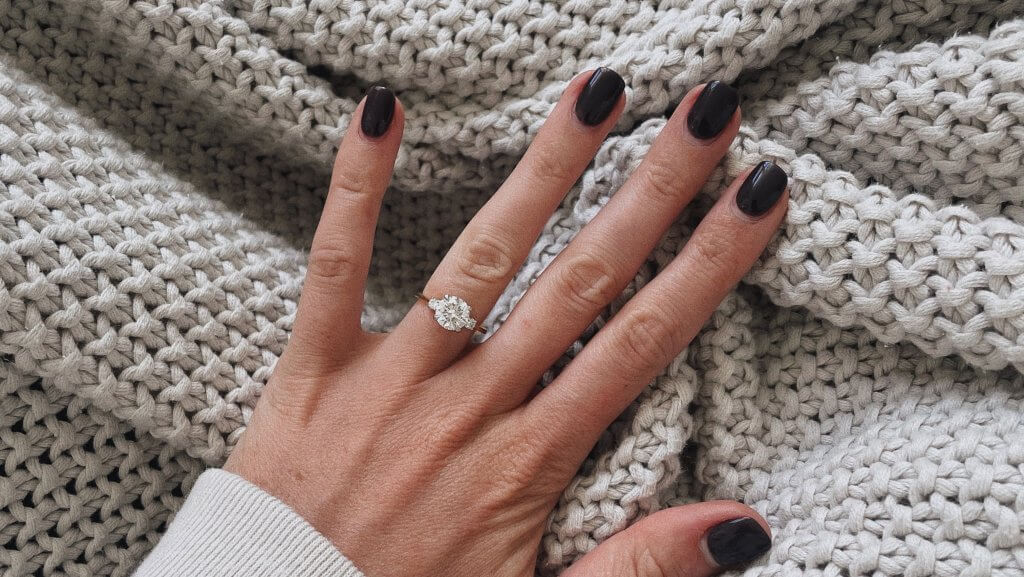
The Oval
The Oval is a classic and highly versatile shape that often appears a little larger than the Round, even at the exact same carat weight. Like the Round, it’s a ‘brilliant cut’ – more on that below – which means that it gives a similar amount of fire, brilliance, and scintillation.
While it can look just as classic and traditional as the Round, this shape is also no stranger to a more modern twist.
As Seen On: Blake Lively wears a highly traditional Oval set on a pavé band. But, among the best celebrity engagement rings of 2020, Ariana Grande’s contemporary Oval diamond and pearl combo demonstrates how ‘out there’ such a traditional shape can be.
The Emerald
The Emerald cut is the first shape on this list featuring straight sides. Rectangular in shape, and featuring beveled corners, the elongated facets on this shape represent the ‘step cut’, rather than the brilliant.
While it’s not quite as popular as the Round and Oval, the Emerald remains a common sight in engagement rings. Elegant and vintage, it’s still a classic – if not the classic – choice for popping the question with.
As Seen On: Princess Grace Kelly of Monaco made history in the silver screen with a 10.4 carat Emerald and, more recently, the style was brought back to the forefront by Beyoncé, who wears an 18 carat diamond on a split shank.
The Pear
A shape that combines the Round and the Marquise cuts, the Pear is also known as the ‘Teardrop’ (think tears of happiness and not the alternative here…)
The Pear is pretty versatile, as it can be worn pointing up, down, or cast sideways (East-West) on the shank for the ultimate asymmetric statement. Worn vertically, however, the Pear can be highly flattering, as its elongated shape can make the wearer’s finger appear longer.
As Seen On: Emily Ratajkowski’s unique Pear and Princess pairing demonstrates the drama this shape can bring to a ring. It’s certainly not for everyone, and Katherine Heigl’s ring demonstrates the simple beauty of the Pear cut.
The Cushion
We mentioned the (now defunct) Old Mine cut above, and the Cushion represents the modern ‘reinvention’ of this old style. The diamond follows a brilliant facet pattern, and sits halfway between square and round, as a result of its softened corners.
With a bright sparkle and a softer, gentler shape than the Princess and Radiant, the Cushion is pretty popular among modern brides-to-be. It’s also great at holding color, which makes things a little harder for those looking at clear diamonds, but also makes it a very popular choice for anyone interested in fancy color diamond engagement rings.
As Seen On: Gabriel Union’s ring demonstrates the exceptional beauty of the Cushion cut diamond in a solitaire setting, while Sofia Vergara’s is complemented by a subtle halo of accent diamonds.
The Marquise
Dainty, sparkling and perhaps the most elegant shape on this list, the Marquise cut was originally designed to resemble a pair of lips. It is characterized by two sharp points which typically follow the vertical line of the finger, although this shape can be set East-West like the Pear.
It’s not the most common shape in the world of diamond jewelry – and particularly as the center stone of a ring design – but, whether on its own or flanked by accent stones, the Marquise can look out-of-this world as an engagement ring.
As Seen On: Victoria Beckham is thought to have been given fifteen engagement rings over the course of her relationship, but the very first was a striking Marquise solitaire.
The Radiant
Occasionally confused with the Princess cut, the Radiant incorporates the brilliant facet pattern within a highly geometric shape. Like the Emerald, its corners are beveled to create more strength and a bold silhouette, although, given their totally different levels of sparkle, you won’t be getting them confused.
As Seen On: Clare Crawley, who wears a 4.5 carat Radiant cut diamond, suitably adorned with more than a hundred pavé diamonds along the shank.
The Asscher
Like the Emerald, the facets of the Asscher cut are arranged totally differently to the other styles on this list. Typically square in shape, with beveled corners, the Asscher exemplifies the stunning ‘hall of mirrors’ effect that appears when you stare through the head of this elegant diamond.
As Seen On: British socialite Pippa Middleton wears an Asscher in the center of her engagement ring, surrounded by a bezel halo for even more sparkle.
The Princess
A much newer cut than some of the others on this list, the Princess cut was created back in the mid-twentieth century. What makes this cut particularly interesting is the fact that it uses the facet pattern of the brilliant cuts (like the Round and Oval) within a square silhouette.
The effect is a highly decadent sparkle, and an elegant, geometric shape that puts a modern spin on the traditional engagement ring. Even the name has its own appeal – particularly those with highly feminine styles.
As Seen On: Katrina Bowden, who wears a Princess cut diamond nestled between two smaller stones, and a sparkly channel-set shank.
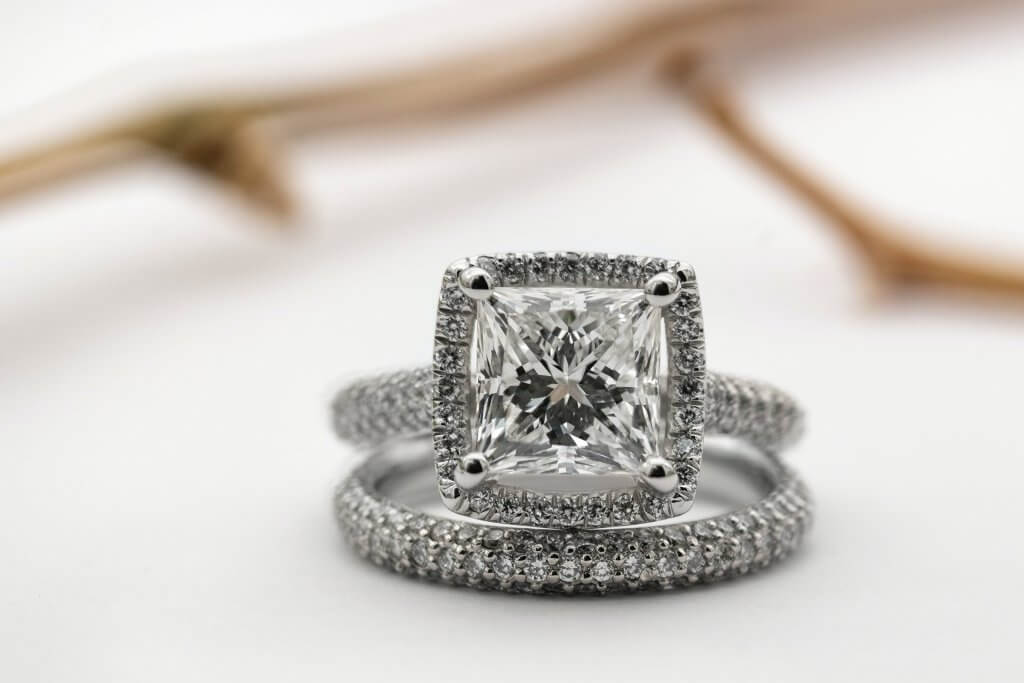
The Heart
As the name suggests, this shape appeals to the true romantics at heart. For all its (obvious) connotations, however, this shape remains a much less common sight in engagement jewelry than many of the other cuts on this list.
As Seen On: Lady Gaga, who wore the unique diamond shape on a simple pavé band.
Brilliant & Modified Brilliant Cuts vs Step Cuts
What is a Square Modified Brilliant?
The Princess cut is designed to square proportions, with precise cuts at the edges and corners to create a highly geometric, clear-cut shape.
The Cushion cut is, of course, also commonly cut to the proportions of a square, although the corners and sides are always kept soft – the reason behind the shape’s unique name – meaning that it occupies a comfortable middle ground between round and square.
When first starting out, some shoppers will differentiate between the modified brilliants and the step cuts – with the characteristic parallel lines and geometric structure of the step cut representing the square shapes. It is, however, perfectly possible to combine the regularity of the square with a brilliant facet pattern, and these two shapes are clear proof of that.
What is an ‘Excellent’ Diamond Cut?
The best cut grade you can get, according to the Gemological Institute of America.
Unlike the two styles of cut mentioned above, ‘Excellent’ is a grade used to convey the cut quality of a diamond – as we touched upon at the beginning of the article. Both brilliant and step cut diamonds can be graded ‘Excellent’ by the GIA – and we would always urge our readers to focus their search on diamonds of this quality.
This grade is concerned with matters like proportion and symmetry, rather than the actual shape of the diamond. You can read more in our guide to diamond proportion.
Choosing a Diamond Shape
So, you know the basics. What you don’t know, however, is which one is going to end up on the ring finger of your future bride. There’s a lot to consider – and plenty of questions to get answered – before you can make up your mind once and for all.
First Off, Does the Shape of the Diamond Matter?
Yes – it’s the first thing anyone will notice when they set eyes on her engagement ring, as well as determining how much it will sparkle, and whether or not it suits her style. It’s not something you want to guess at, wing, or overlook during your search.
If you’ve spent any amount of time researching engagement rings, we’re willing to bet that you’ve already got the importance of the Four Cs sitting front and center in your mind. This is, of course, just as it should be – but, alongside ensuring a great quality diamond, you also need to ensure that that great quality diamond looks right for its intended wearer.
This Emerald Cut Cathedral Ring perfectly captures the understated, elegant beauty of the cut, and would be the perfect choice for someone with a more laid back style. Then again, while its more modest sparkle and paired-back design would represent the perfect choice for some, the polar opposite would be true for another. This Princess Cut Pavé Ring in Rose Gold is totally different in every respect, and a perfect choice for someone who would prize the romantic color, the glitter of the pavé and the star-like sparkle of the cut.
In short, shape matters a whole lot, and needs to be carefully weighed up against everything else as you begin designing your engagement ring.
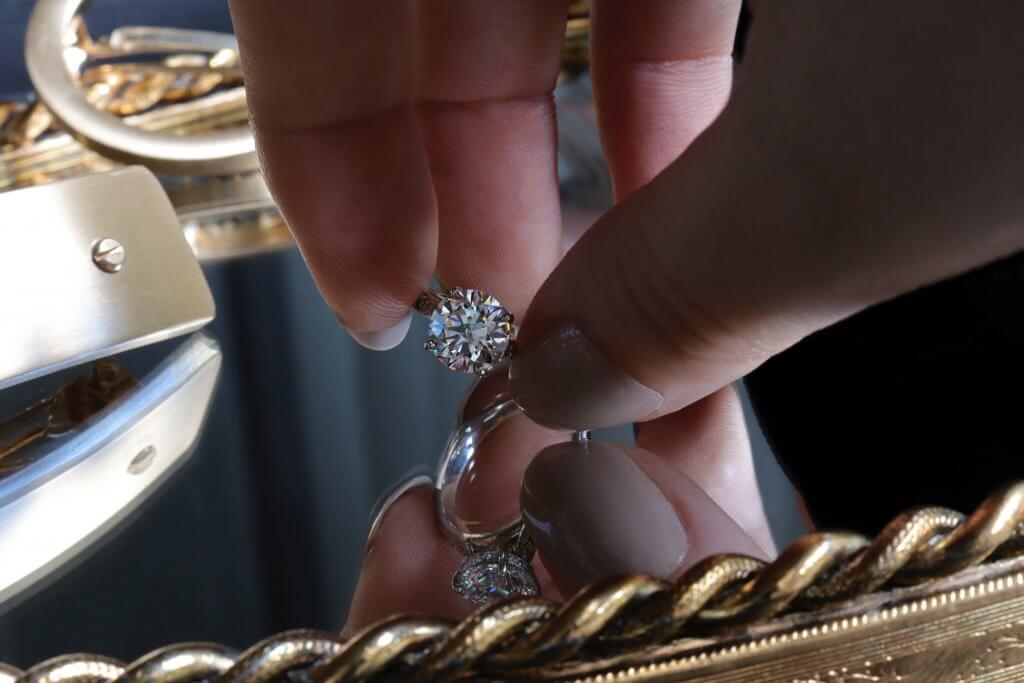
So, How do I Choose a Diamond Shape?
- Research
Fortunately for you, you’ve started in the right place. The only way to feel sure that you’re making the best possible decision is to know what’s available in the first place.
It’s easy enough to wander into a jewelry store and pick a beautiful ring out of the display case, but it’s a lot harder – and more fulfilling – to walk into your jewelry store ready to discuss the finer details of shape, cut, clarity, color and, of course, what stands out to you.
This is where the internet is going to prove so useful for anyone looking to invest in a diamond engagement ring. While shopping online is way too risky, preparing yourself before you head into the dizzying world of the jewelry store is a necessity.
- Think About Her Style
Every diamond shape carries its own vibe, from vintage to modern, ornate to understated, intentionally bulky to sleek and smooth. Obviously, some shapes are more versatile than others – all it takes is a change of setting to take an Emerald diamond from ‘Great Gatsby’ to totally modern and minimalistic.
With that in mind, this step might just be about whittling down your options to a subcategory. For instance, you can start with asking yourself if Round Brilliant is the way to go. As the most popular shape out there, it pays to decide early on whether or not you’ll be going for it.
After that, ask yourself whether she would lean towards the Modified Brilliant cuts, or the Step Cuts. If it’s the latter, then your job is going to be way easier; for the former, however, the modified brilliants represent the largest category of shapes, and you’ll need to do a little more work before you find the right one.
Some people like to think about what will flatter the wearer, and tend to lean toward elongated shapes which can appear to ‘lengthen’ the finger. With that said, however, a beautiful diamond will always flatter whatever finger it is placed on, and it’s far more important to suit your diamond to your partner’s style, rather than the shape of her finger.
- Research Engagement Ring Settings
As you know, the diamond doesn’t exist in isolation, and, as we talked about above, a particular setting style can totally transform the look of a diamond.
Take a look at this stunningly simple Round Solitaire Engagement Ring in Platinum. The full beauty of the diamond is on display here, and the high level of brilliance offered by the cut is complimented by the almost luminescent quality only platinum is able to bring to the table.
Next, look at this Marquise Solitaire in Platinum. The only difference is the diamond shape, but the effect is totally different, with the Marquise lending the design a bold yet elegant appearance that is a little more unique than the traditional Round solitaire.
Next, look at this Marquise Halo Ring in Yellow Gold, which creates a totally different impression yet again. The addition of the halo and half pavé shank bring out the opulent qualities of this modified brilliant, as well as making it appear a little bigger, and the contrasting colors between the diamond and the band reflect through the stone beautifully.
What we’re trying to say is this: While the diamond is without a doubt the headline feature of any engagement ring, the design of the setting and shank can totally transform that diamond into something truly special.
As a result, it won’t pay off to think about the diamond in isolation. It’s always useful to have some kind of vision in mind for the final design, even during these early stages.
- See Them for Real
Even when you’re looking directly at a high-quality photograph of a diamond, a certain amount is left to the imagination. Yes, you can try to judge color and clarity for yourself – although, chances are that the image is a pretty extreme close-up, and not true to what you’d see in real life while checking for eye cleanliness – and you can check the GIA report to get a good idea about the stone’s unique attributes.
What you can’t do is experience the diamond for yourself – and anyone who has already created their engagement ring will agree that it is an experience. How the diamond looks in your hand, moving under a light source and igniting in countless flashes of fire and brilliance, is just as important as what’s printed in its GIA report.
If that’s not enough to convince you, then the expertise your jeweler can offer you on this pivotal stage in your diamond buying journey just might.
FAQ
Which Diamond Shape Sparkles the Most?
The Round Brilliant sparkles produces more fire, brilliance, and scintillation than any other diamond shape – provided, of course, that it has been cut to a high standard.
It’s not always easy to figure out the difference between shape and cut when you first start looking at diamonds, but the key thing to note is the fact that, while the ‘right’ and ‘wrong’ shape comes down to personal preference, cut does not.
For any diamond shape, even if it is the incredibly sparkly Round Brilliant, a cut grade of Excellent or Very Good should be treated as an essential. Diamonds with lower cut grades will be considerably cheaper, but, unlike clarity and color, cut does not represent an area you want to save money on.
So, the longer answer to this question is as follows: a Round Brilliant with a high GIA cut grade (either Excellent or Very Good) sparkles the most.
What is the Most Common Diamond Cut?
The Round’s unbroken streak as the most popular cut for engagement rings means that, in all likelihood, this is the shape you have encountered (and will continue to encounter) the most.
How common a diamond cut is, however, shouldn’t sway you one way or the other. While the Round is by far the most popular, it’s not going to burn itself out like any regular trend, so don’t avoid it on that basis alone.
Still, don’t make the mistake of following the pack for the sake of it. Keep your mind open to other shapes that may appeal to your bride-to-be’s unique tastes even more than the Round.
What is the Least Popular Diamond Shape?
While every shape will enjoy at least some time in the sun every few years, the Heart tends to come out at the bottom of most people’s lists.
There’s plenty of possible reasons behind this. First off, engagement rings are romantic and heart-stopping enough on their own, without the more heavy-handed imagery brought by the (perhaps overly)distinctive heart shape. This particular shape often works better for pendants or earrings, rather than diamond engagement rings.
Another significant reason that could directly influence the Heart’s lack of popularity is how difficult it is to create a beautifully proportioned cut. All too often, Heart diamonds can appear too wide, too narrow, too long or too stout – and, in a shape as recognizable as this one, it’s all too obvious to even the untrained eye when a Heart diamond has been poorly cut.
Which is the Most Popular Fancy Shape Diamond?
The Princess and Oval represent the two most popular fancy shapes.
Don’t get us wrong, the Round Brilliant is lightyears ahead of any other shape in terms of popularity, but there’s always got to be a next best and, for engagement rings, the second most popular choices are the Oval and Princess.
It should come as no surprise that the runners up to the Round diamond are both modified brilliants; for so many of us, creating engagement rings that wow with their incredibly high levels of fire, brilliance and scintillation sits right at the very top of the list of priorities.
Both shapes are pretty different – the Oval is a modification of that the soft, classic shape of the Round while the Princess looks much more modern, with those characteristically crisp lines and sharp corners – and give shoppers plenty of choice if they want high sparkle for a lower price.
Which Diamond Shape is the Most Durable?
Diamond shapes without sharp points, including the Round, Cushion, Emerald, and Oval, tend to be a little more durable than others.
Diamond is an incredibly tough substance, but it’s not totally immune to damage. The right setting will support and protect any diamond – whatever its shape – from potential damage, but the sharp points found on shapes like the Marquise, Heart and Princess are more vulnerable to breaking, chipping, or snagging than the softer corners of the shapes mentioned above.
Interestingly, this is why some diamonds are still cut with a slight culet, despite the fact that it’s an undesirable extra facet. It’s there to offer some additional protection to the stone while it is being set within the ring, although, these days, it’s not considered necessary by most jewelers.
While durability is an important consideration – especially if your bride-to-be leads a pretty active lifestyle – it’s not a reason to totally write-off a shape just yet. Talk to your jeweler about finding the right ring setting to keep your preferred diamond safe from the knocks and scrapes of everyday wear, and you can find that peace of mind you need.
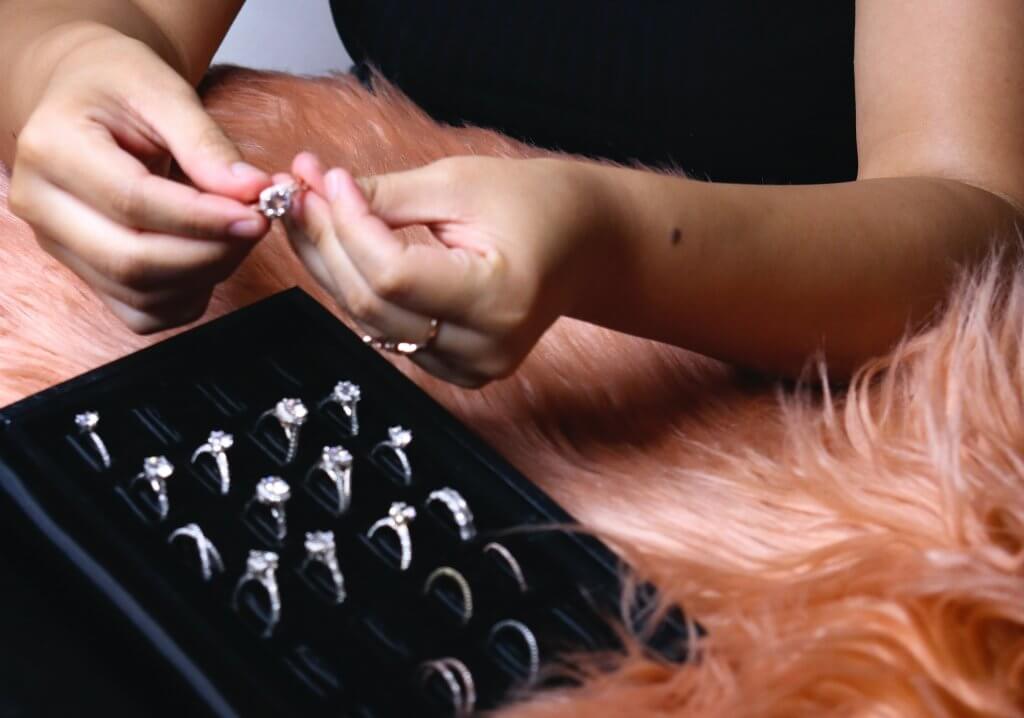
What is the Most Meaningful Diamond Shape?
The Pear and Marquise cuts both carry a lot of meaning, although in totally different ways. Then again, all engagement rings automatically take on more meaning than any other piece of jewelry – that is, until she puts on her wedding band for the first time – so don’t force yourself to commit to a shape just because of its meaning.
If you’re a fan of the backstory, then reading into the history of the Marquise cut might just be enough for you to give this elegant shape a shot. What may at first appear to be an elongated oval is in fact an impression of King Louis XV’s romantic interest at the time – or, more specifically, her ‘perfectly shaped’ mouth.
Alternatively, the fact that the Pear is frequently seen as a symbol for tears of happiness is a great way to inject even more meaning into your engagement ring’s design.
Which Diamond Shape Looks the Biggest?
The Oval, or the super elongated Marquise and Pear shapes, tend to look bigger than other shapes featuring the same carat weight. The same goes for the Emerald, though to a slightly lesser extent, and the rectangular Radiant.
This is definitely something to keep in mind when you’re browsing – the fact that some diamond shapes carry more weight in their surface, whether others are naturally deeper. This is known as the cut’s weight distribution, and has a pretty significant bearing on what the diamond looks like when it’s directly compared against other diamonds
And, while the Round has plenty of things going in its favor, a strikingly large surface area isn’t one of them. That award goes instead to the shapes that require more weight to be focused into length, whether the shape is naturally rounder – like the Oval – or rectangular – like the Emerald.
Shapes with more even dimensions, like the square Cushion, tend to look smaller in comparison, as a larger portion of weight is held in its depth – and, of course, generally hidden within the ring setting.
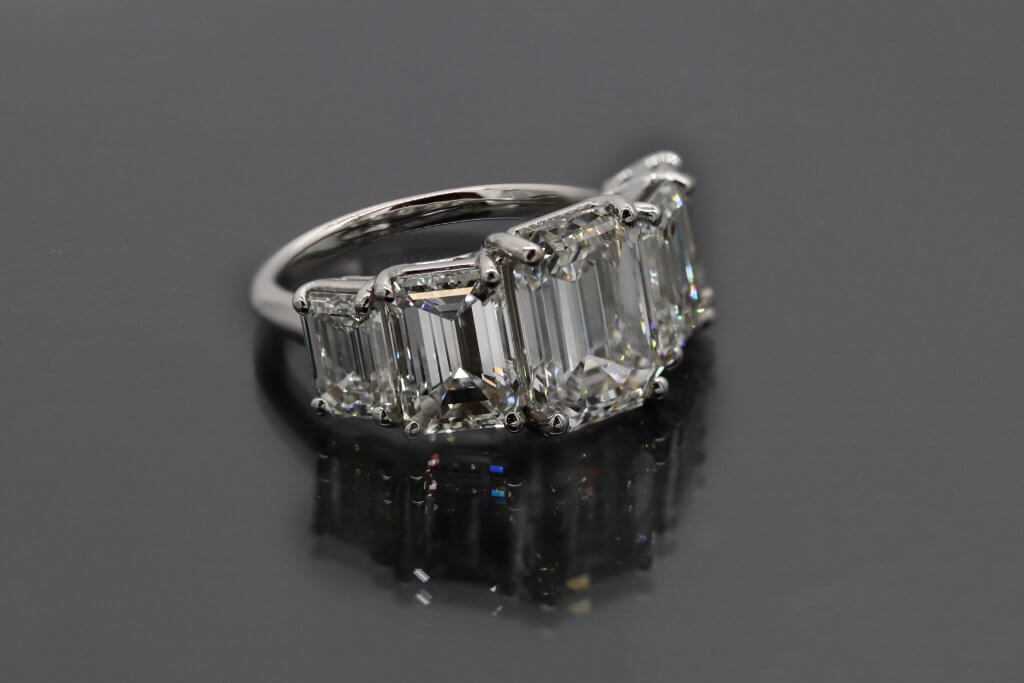
What is the Most Difficult Cut of Diamond?
The Heart is generally thought to be the most difficult cut to get right.
This cut might be the most romantic, but it’s still nowhere near as common as many of the other diamond shapes on this list – much to the relief of diamond cutters everywhere…
What is the Most Romantic Shape?
That depends on your definition of ‘romance’.If you’re more traditional, then we’d argue that the Round cut’s history as the epitome of love and commitment would make it by far the most romantic choice for your future bride.
If you prefer to take things a little more literally, then the Heart cut can’t really be beat – for obvious reasons – although this is a very difficult cut to perfect, so you may end up paying a premium for an Excellent cut grade.
If you’re a fan of a great anecdote, then the Marquise cut offers a truly romantic backstory. Created to resemble his paramour’s lips, King Louis XV first commissioned this shape back in eighteenth-century France.
Then again, nothing proves your love for your partner more than having that innate ability to create something truly appeals to their tastes, which means that any diamond shape can be romantic provided you’re willing to put in the legwork to figure out which one is best for you.
Which Diamond Shapes Hide Color?
The Round cut diamond is great at obscuring a slight tint, and you won’t have much trouble finding an I color Round diamond that appears to be of a much higher quality.
This is yet another reason why Round cut diamonds are so popular among shoppers. Not only have they represented the most traditional shape for engagement rings for almost a century now, but they also remain unsurpassed in their ability to sparkle and, of course, conceal any minor discoloration or inclusions from view.
There’s plenty of scope for finding your Round diamond in this color grade but, as always, make sure you look it over thoroughly in person first.
The same holds true (though to a slightly lesser extent) for brilliant cuts. In particular, the Cushion and Princess cuts, as well as the Oval and Heart.
Step cuts, such as the Emerald cut and Asscher cut, require a little more caution – as they do when it comes to clarity. The different structure of their facets mean that our eye is drawn into the stone a little differently, and that relatively minor flaws such as inclusions and slight color can be a little more obvious.
Can You Mix and Match Diamond Shapes?
Absolutely, and there are countless ways of doing this – each with spectacular and highly unique results. There’s no requirement for you to stick to the traditional solitaire design, and plenty of scope for you to get creative with the help of your expert jeweler.
Many shoppers choose to design their engagement rings with accent stones, or smaller diamonds that flank the center stone and add a little extra character and sparkle to the ring. For some, creating a three stone engagement ring using two smaller, contrasting diamonds on either side – for instance, two smaller Emerald cuts placed either side of a Round Brilliant – is a great way of adding more flare to the design.
More recently, celebrities have been taking ‘mix and match’ to new extremes. Emily Ratajkowski’s Pear and Princess combination puts a contemporary spin on the engagement ring, for instance, and proves that its certainly possible to mix and match to extremes – even if it’s high on everyone’s wish list just yet.
Are Pavé Diamonds Always Round?
Round or Oval cut pavé diamonds (more commonly referred to as melee diamonds) are far more common than other shapes.
It is, however, possible for you to accent your ring’s design with other shapes. For instance, channel settings using very small Emerald cut diamonds enjoy some popularity, so you can talk to your jeweler abut this.
Round melee diamonds, however, mean that you are able to capture as much sparkle as possible within your pavé setting. The eye will inevitably be drawn to that center stone, and the pavé will create a stunning sparkle in the background, which is why so many people prefer to stick to the traditional round pavé diamonds.
Our Summary: Which Diamond Shape is Best?
If you’re going by popularity alone, the Round Brilliant is the clear winner. With more sparkle than any other shape, and a versatile shape that will look at-home (and totally timeless) in any ring design, it’s a strong choice for anyone. That said, there is no universal ‘best’ shape – only the best one for you and your future bride.
One of the most important things to remember is the fact that, while it’s possible to narrow your list of choices down to just one or two, you’re missing a very important piece of the puzzle until you’ve seen them for yourself, with your own eyes. This is why we would always steer our readers away from the online retailers, since they can’t give you that opportunity, or that personalized touch that an experienced jeweler can offer throughout the buying process.
So, which diamond shape is the best? The one that grabs your attention, dazzles you with its unique combination of brilliance and fire, and makes it possible for you to imagine the completed ring design – not only as it will look in the box, but as it will look when you finally get to place it on her finger.
You can browse our full selection of GIA graded diamonds here, then take advantage of our massive network of WillYou.Net approved jewelers to find a local expert who can guide you through this next part of the process.

Aug 8, 2022 By Willyou.net
Oval vs. Cushion vs. Elongated Cushion Diamonds: Which One is Right for You?
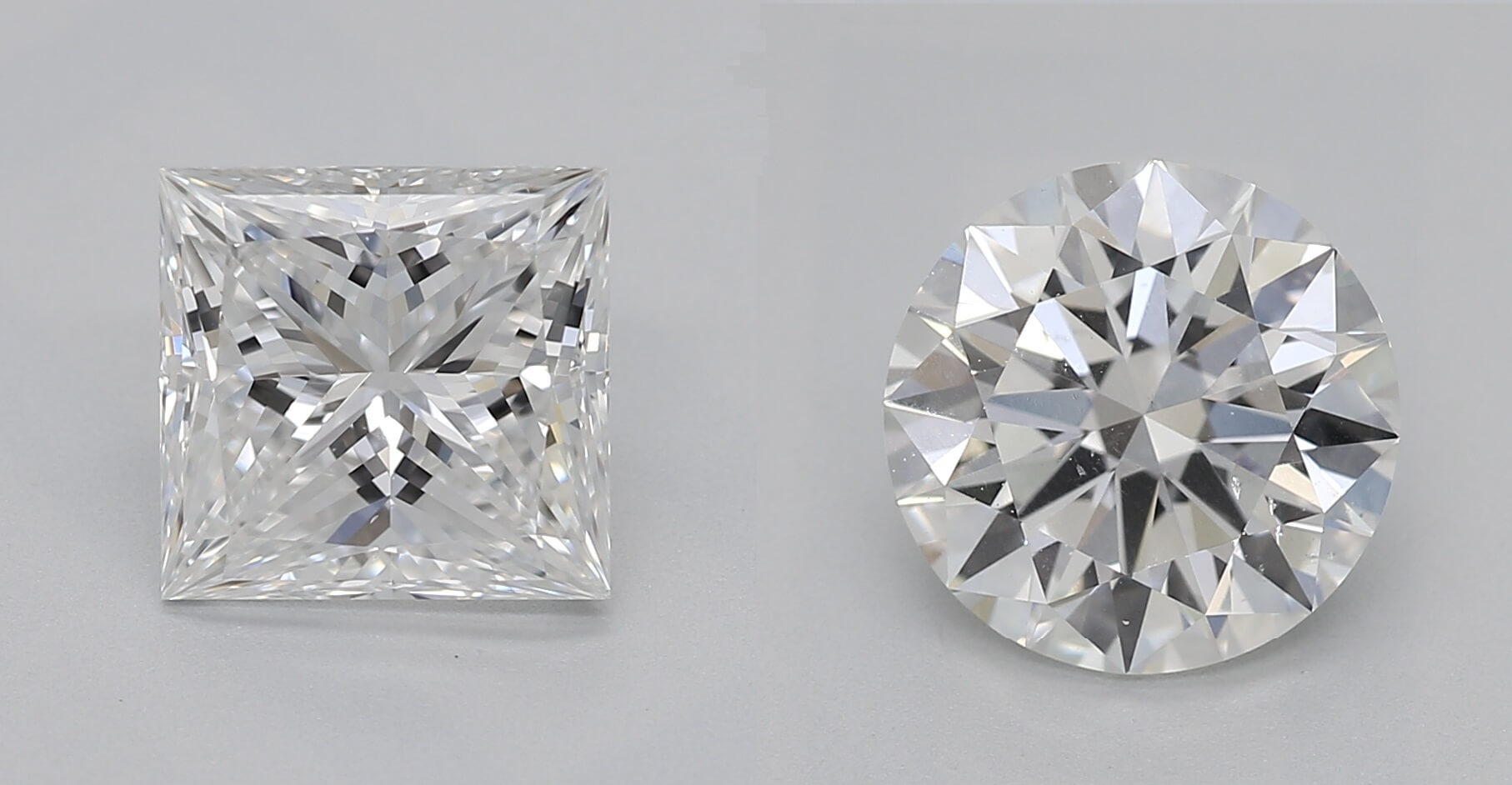
Jul 26, 2022 By Willyou.net
Princess cut vs. Round cut Diamonds: The Debate Ends Here
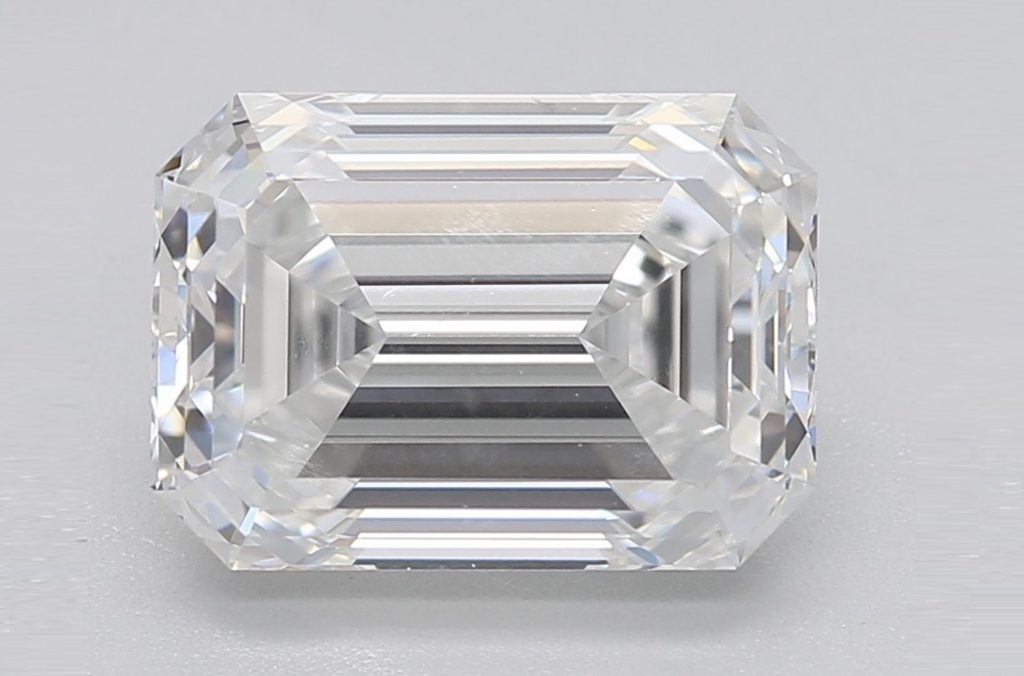
Jul 12, 2022 By Willyou.net
Emerald Cut Diamonds: The Ultimate Symbol of Elegance and Sophistication
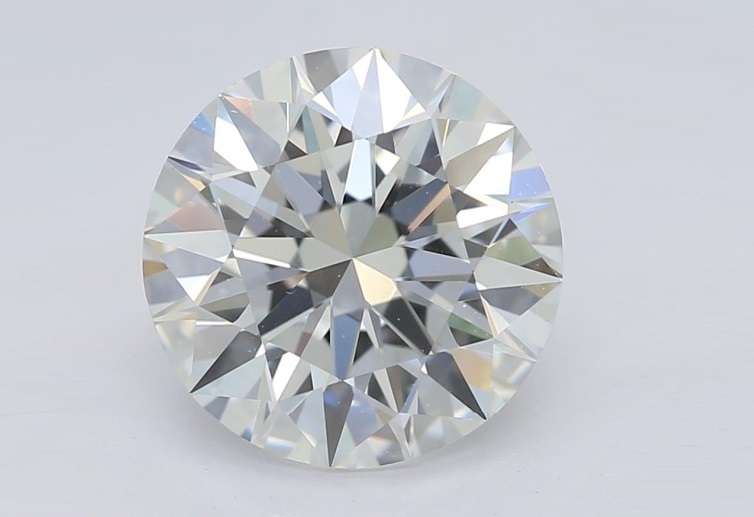
Jun 28, 2022 By Willyou.net
Round Cut Diamonds: Mystery & Brilliance Unveiled
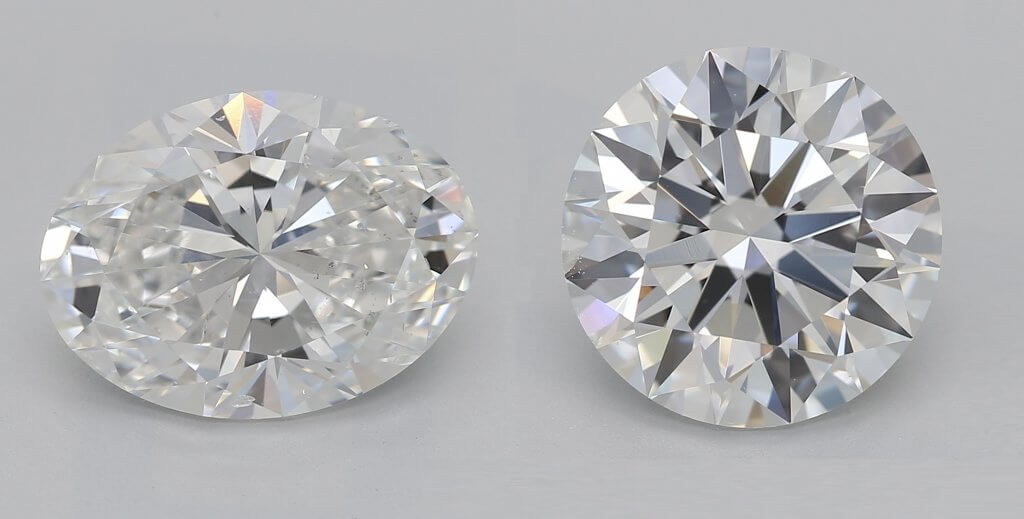
Jun 28, 2022 By Willyou.net
Comparing Oval and Round Cut Diamonds: Which One is Right for You? A Guide
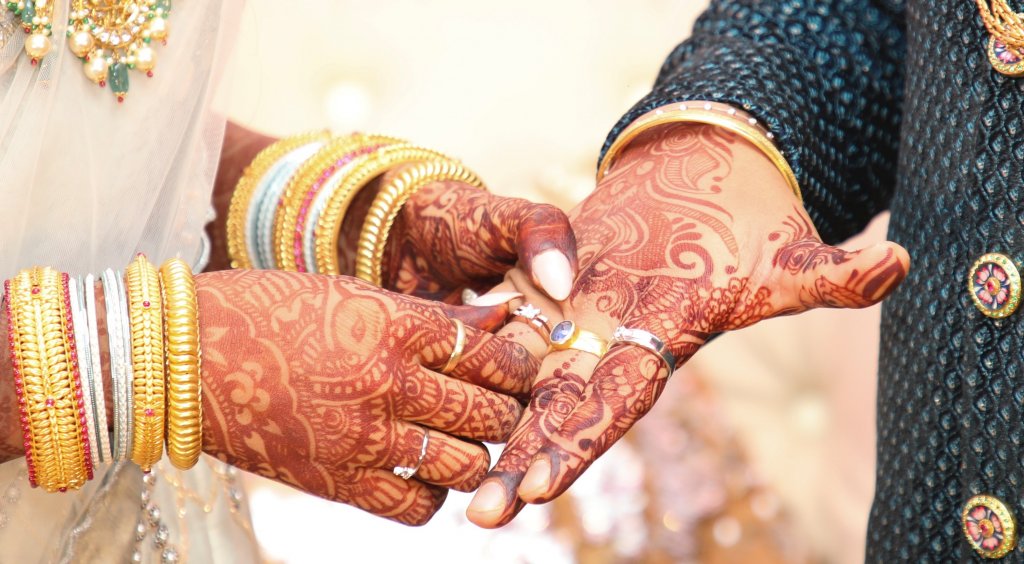
Mar 26, 2022 By Willyou.net
The Unique Beauty of Polki Diamonds: A Guide
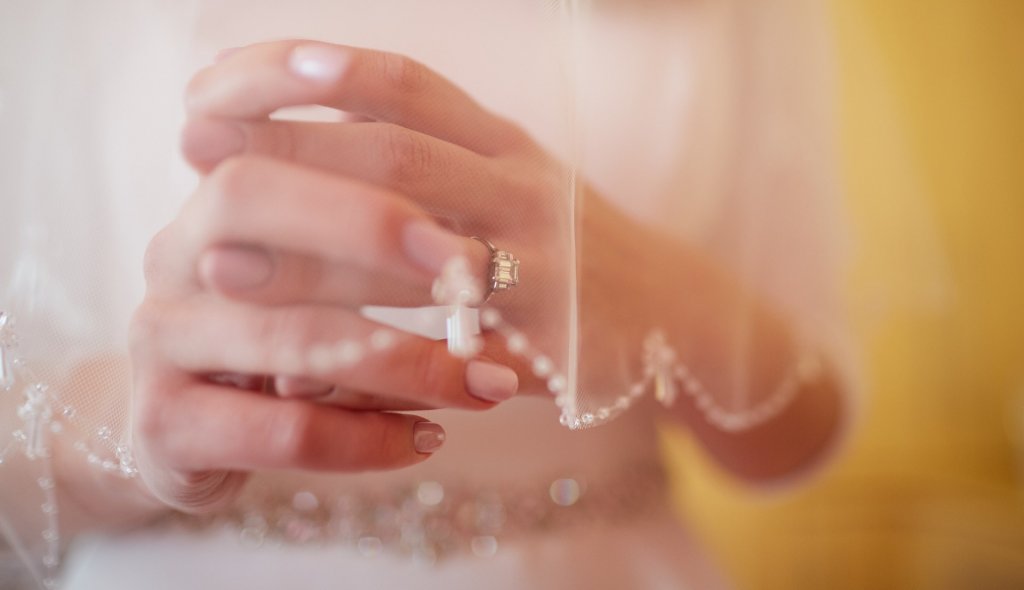
Mar 26, 2022 By Willyou.net
The Classic Beauty of a Step Cut Diamond: A Guide
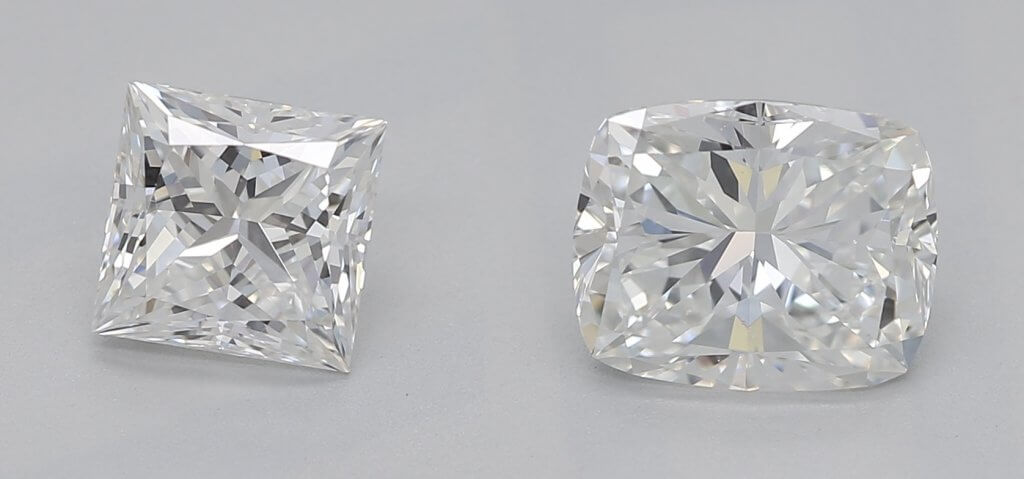
Mar 13, 2022 By Willyou.net
Princess Cut or Cushion Cut Diamonds: Which is the Best Choice for You?
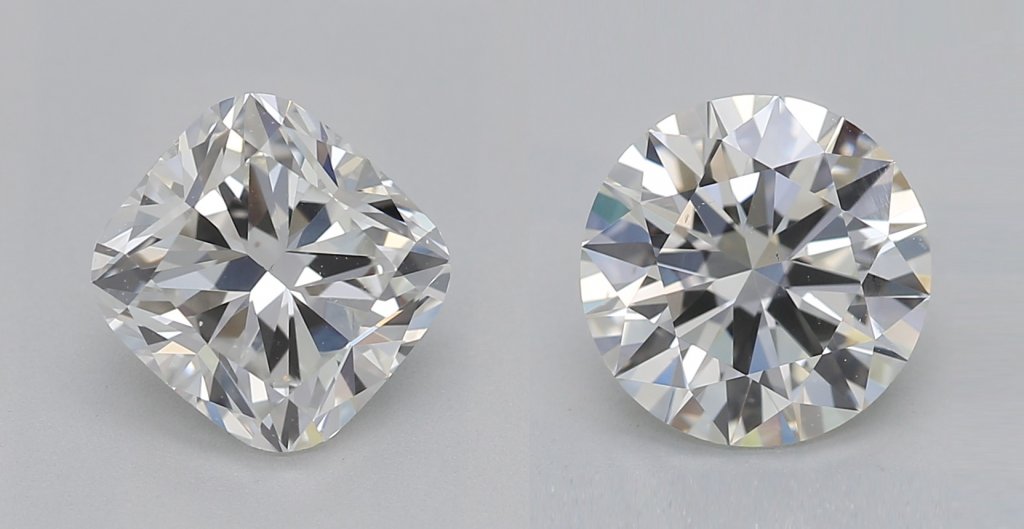
Mar 13, 2022 By Willyou.net
Cushion Cut vs. Round Cut: The Diamond Cut Showdown
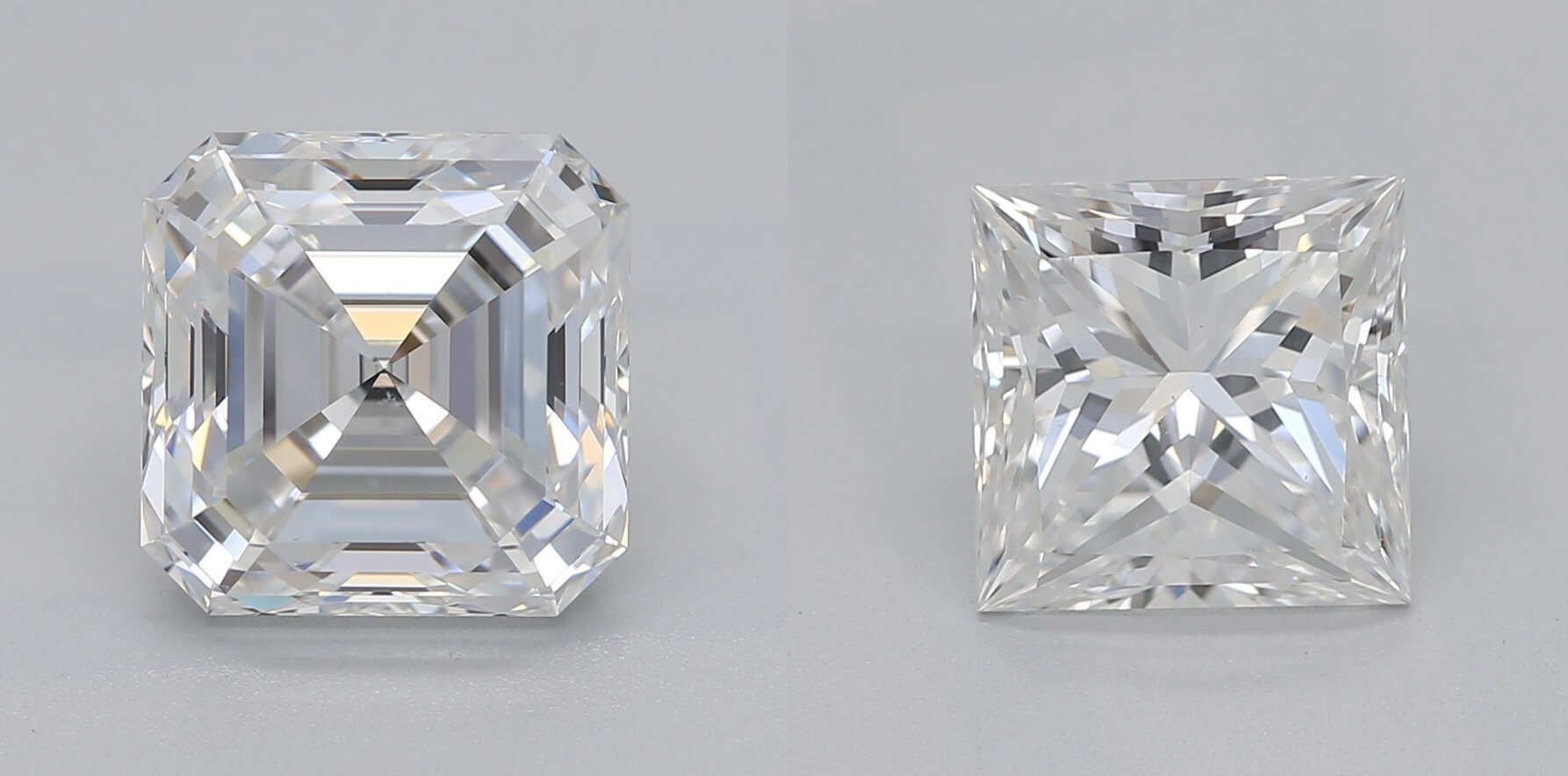
Mar 12, 2022 By Willyou.net
Princess Cut & Asscher Cut Diamonds: Unveil the Secrets, Make an Informed Choice
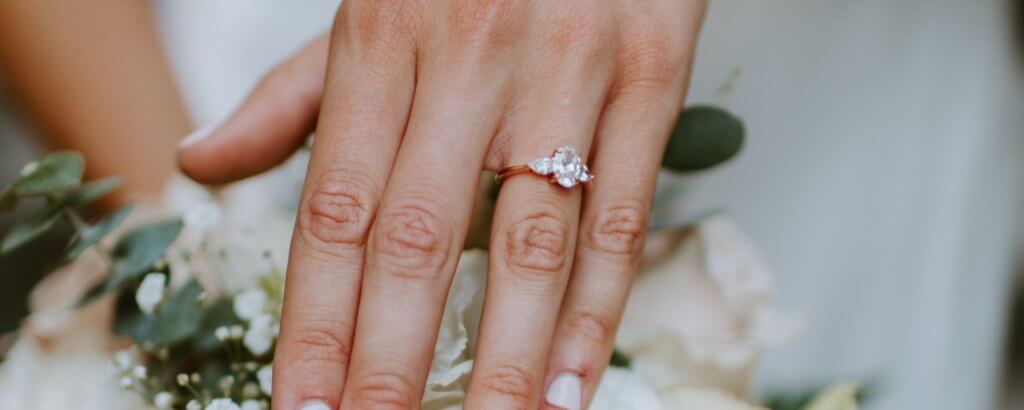
Oct 3, 2021 By Willyou.net
Discover the Most Expensive Diamond Cut: A Guide
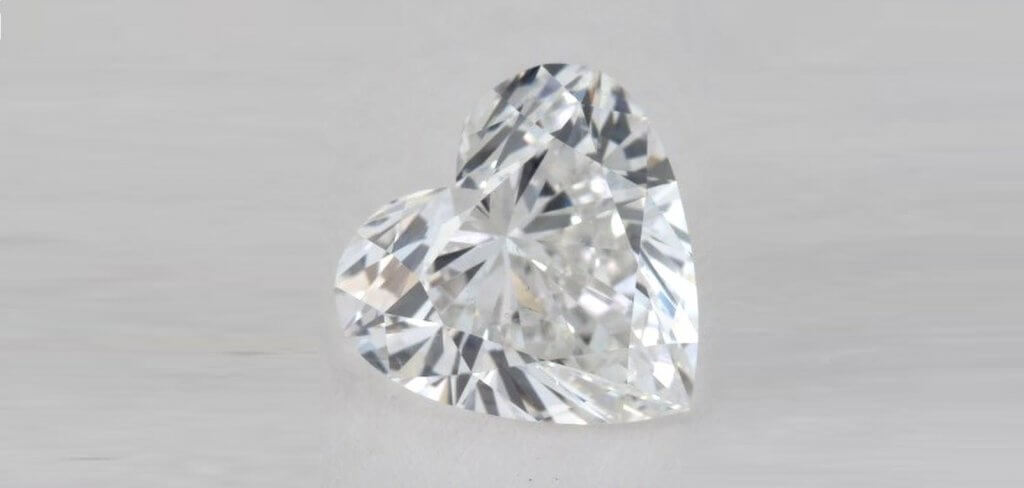
Oct 3, 2021 By Willyou.net
Heart Shaped Diamonds: A Guide to its Brilliance and Symbolism
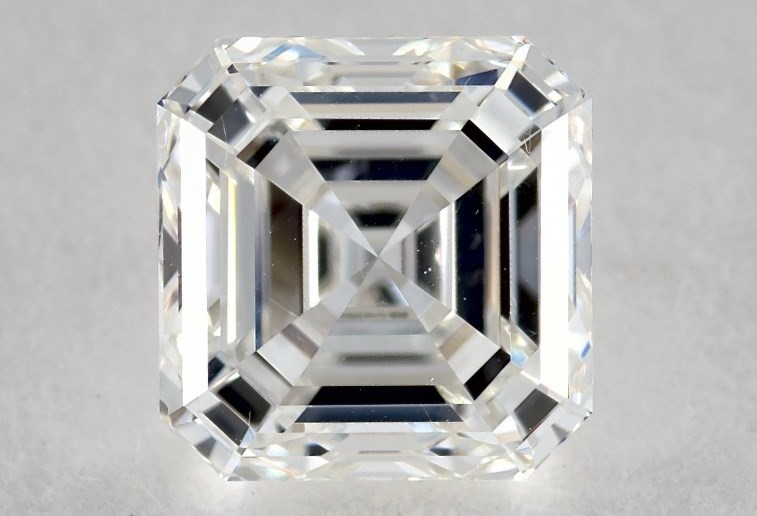
May 11, 2021 By Willyou.net
The Timeless Elegance of an Asscher Cut Diamond: How to Choose the Perfect One?
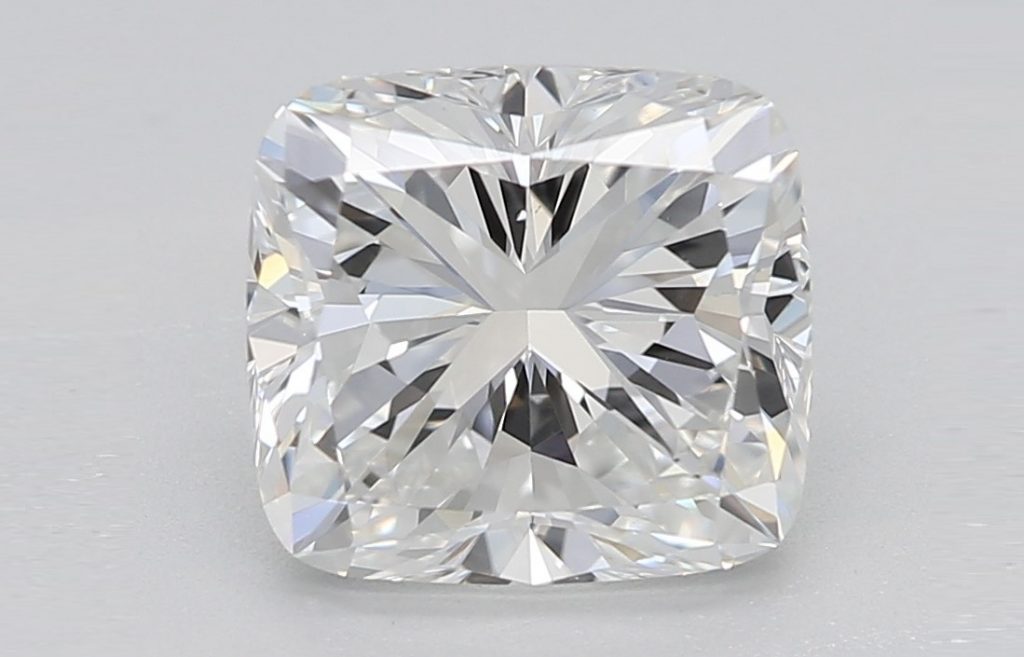
May 11, 2021 By Willyou.net
Cushion Cut Diamonds: The Ultimate Symbol of Brilliance and Elegance
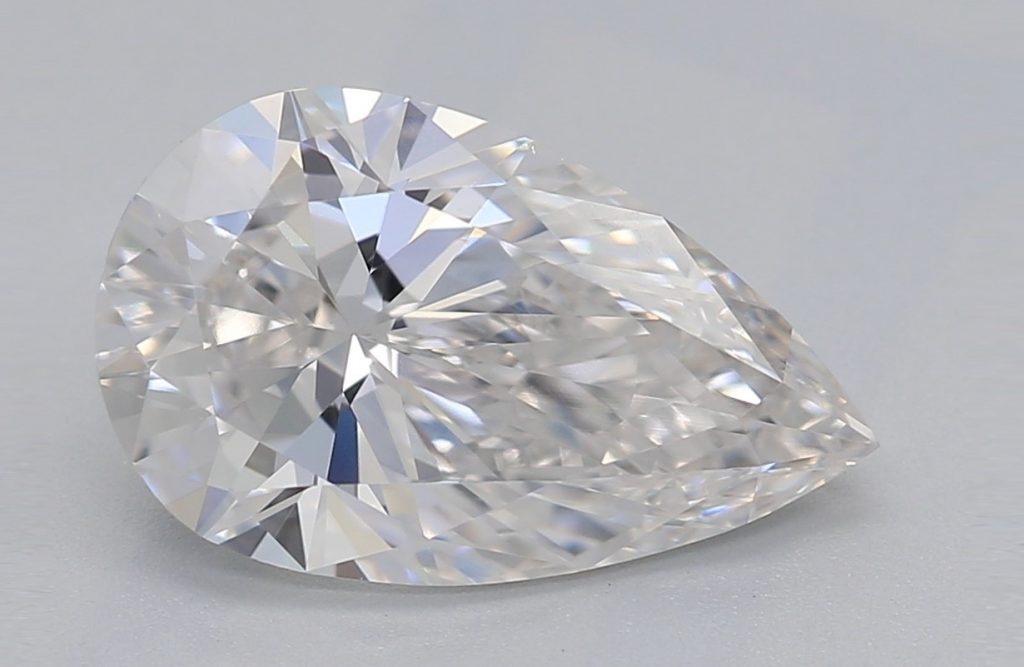
May 11, 2021 By Willyou.net
Pear Shaped Diamonds; The Ultimate Guide
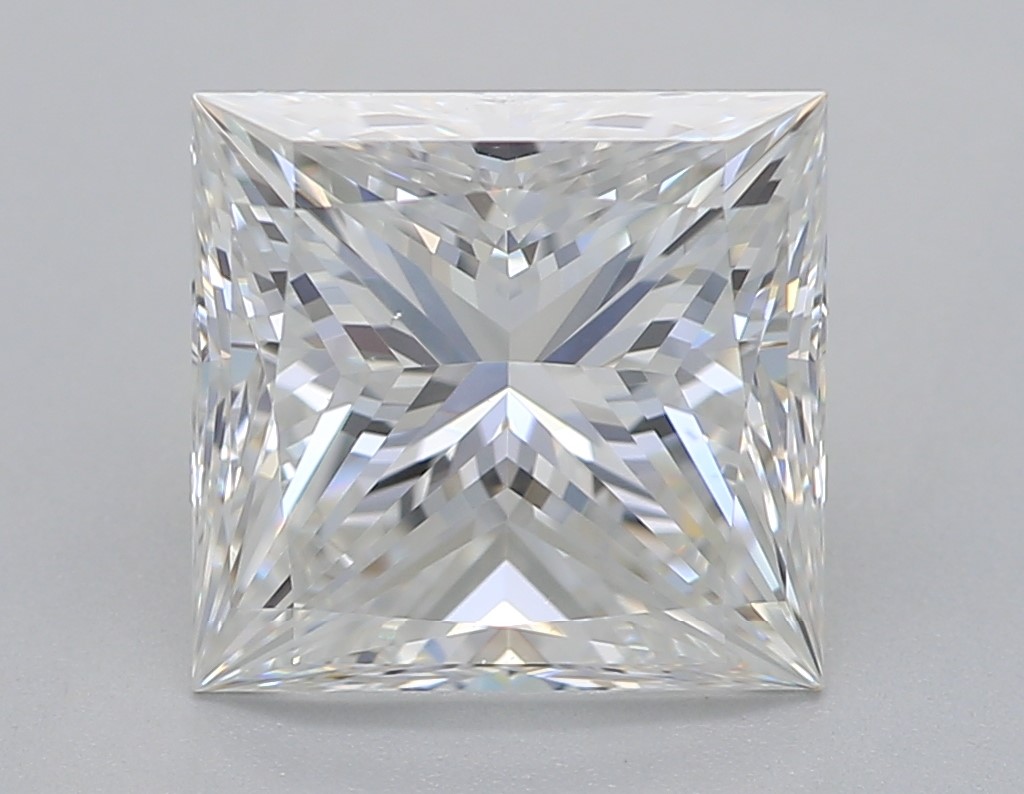
Apr 29, 2021 By Willyou.net
Princess Cut Diamonds; How to Choose the Perfect One?
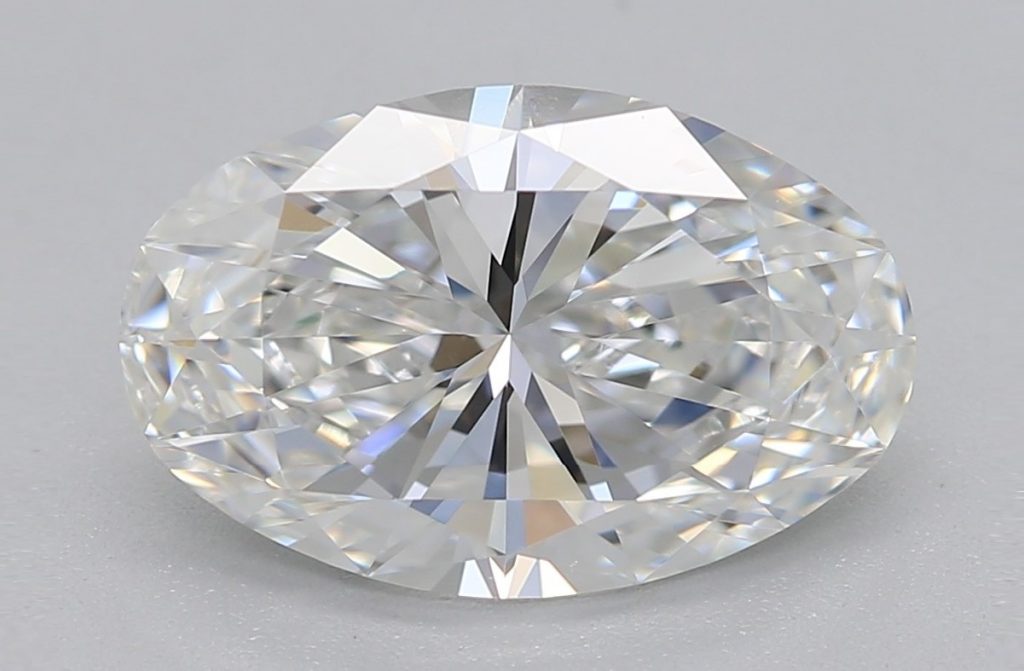
Apr 19, 2021 By Willyou.net
Oval Cut Diamonds: The Hottest Trend in Jewelry You Need to Know About
